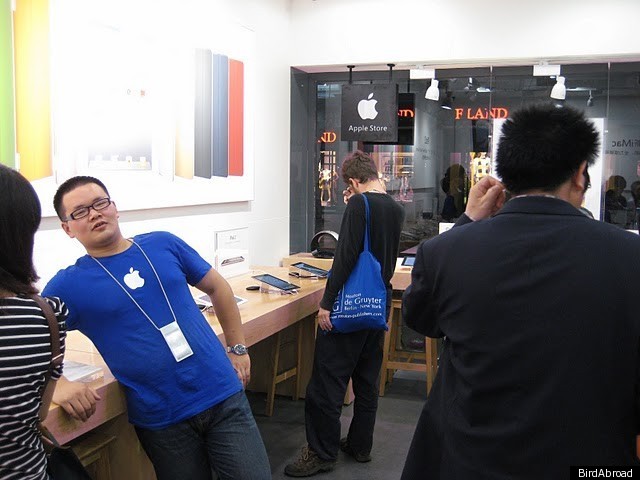AUSTIN, Texas -- An expected fight over teaching evolution in Texas classrooms fizzled Thursday when the state's Board of Education gave preliminary approval to supplemental science materials for the coming school year and beyond with only minor changes.
The Republican-dominated board drew national attention in 2009 when it adopted science standards encouraging schools to scrutinize "all sides" of scientific theory, a move some creationists hailed as a victory.
But Thursday's unanimous vote diffused the expected renewal of that debate. A final vote is scheduled Friday and even though the board still can make changes before then, member David Bradley, R-Beaumont, predicted few fireworks would erupt.
"Somebody might want to refund their tickets," Bradley said after the vote. "There wasn't a fight."
The public hearing was dominated by witnesses encouraging the board to adopt the materials that had been recommended by state Education Commissioner Robert Scott.
One that didn't make the recommended list was an electronic textbook that includes lessons on intelligent design, the theory that life on Earth is so complex it was guided with the help of an intelligent higher power.
"There's no bad science going into classrooms" in the approved materials, said Dan Quinn, spokesman for the Texas Freedom Network, a group that sides with mainstream scientists on teaching evolution.
The new online teaching materials are necessary because the state could not afford to buy new textbooks this year, leaving students to use some that are several years old. Supplemental materials that are approved have the advantage of being on the state's recommended list, but school districts can still buy other materials they chose.
The board instructed two publishers to make changes to some biology materials that used drawings of embryonic similarities between species. The board said more accurate photographs should be used instead.
Another publisher was instructed to make changes to a section that compared human and chimpanzee skulls. The publisher's written response disputed that its material was wrong, and it has the choice of changing the section or withdrawing its material altogether.
Board Chairwoman Barbara Cargill, R-The Woodlands, a former biology teacher who disputes evolution, and Bradley said there was little debate among board members because the materials met the standards set in 2009.
"The supplements are good," Cargill said.
One conservative group, Texans for a Better Science Education, had put out a call to pack Thursday's public hearing with testimony urging board members to adopt materials that question evolution. But they were outnumbered by witnesses urging the board to adopt the materials with few changes.
"I don't want my children's public school teachers to teach faith and God in a science classroom," said the Rev. Kelly Allen of University Presbyterian Church in San Antonio. "True religion can handle truth in all its forms. Evolution is solid science."
The public testimony got off to a heated start. One of the first speakers, Tom Davis of Austin, urged the board to ignore any materials that deal with creationism or intelligent design.
"Intelligent design is creationism, wrapped in thin veneer of pseudoscience," Davis said. "Creation isn't really science at all. It's philosophy."
Sensing that repeated attacks on religion were to come, board member Ken Mercer, R-San Antonio, offered anyone in the audience $500 if they could find any reference in the state science standards to "Jesus or God."
"It's just not there," Mercer said.
The tone of the debate quickly settled down from there.
David Shormann of Magnolia, who runs a Christian-based math and science education software company, said evolution has too many "untestable" components and can't provide a real look at ancient life without a "time machine or a crystal ball."
But Lorenzo Sadun, a math professor at the University of Texas, said those opposing evolution overstate gaps in the fossil record and other areas when trying to discredit the theory.
"The theory of evolution is based on almost as much evidence as the theory of gravity," Sadun said.





















